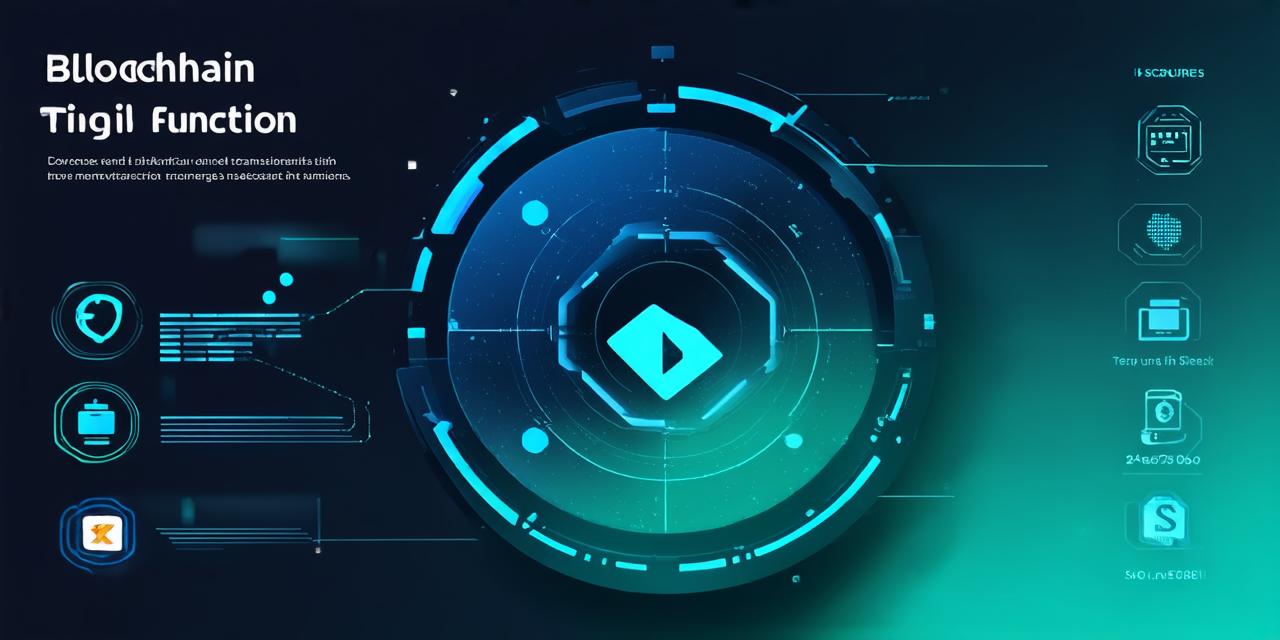Blockchain technology is a relatively new concept in the world of computer science and cryptocurrency. It was first introduced in 2008 with the creation of Bitcoin, but it has since become much more than just a digital currency.
In this comprehensive guide, we will explore what blockchain is, how it works, and its applications in various fields. We will also discuss the challenges and limitations of blockchain technology, and answer some frequently asked questions (FAQs) to help you better understand this innovative technology.
What is Blockchain?
Blockchain is a decentralized, distributed ledger that records transactions on multiple computers in a secure and transparent manner. It was created as an alternative to traditional centralized databases, which are vulnerable to hacking and fraud.
The core concept behind blockchain technology is the use of cryptography to secure transactions. Each transaction is encrypted and added to a chain of previous transactions, forming a block that cannot be altered or deleted. This creates an immutable record of all transactions that have taken place on the network.
How does Blockchain work?
Blockchain works by using a consensus mechanism to validate transactions and add them to the ledger. There are several different consensus mechanisms, including Proof of Work (PoW), Proof of Stake (PoS), and Delegated Proof of Stake (DPoS).
The most widely used consensus mechanism is PoW, which requires miners to solve complex mathematical problems in order to validate transactions and add them to the blockchain. In return, they are rewarded with a certain amount of cryptocurrency.
PoS, on the other hand, does not require miners to solve these problems. Instead, validators are chosen based on the amount of cryptocurrency they hold, which gives them more influence over the network.
DPoS is a newer consensus mechanism that combines elements of both PoW and PoS. It allows for faster transaction processing times and lower energy consumption, making it more environmentally friendly than traditional mining methods.
Applications of Blockchain Technology
Blockchain technology has numerous applications in various fields, including:
- Finance
- Healthcare
- Real Estate
- E-Voting
Blockchain technology can be used to create new financial instruments, such as tokenized assets and decentralized exchanges, which offer faster and more secure transactions than traditional methods. It can also be used for supply chain management, to improve transparency and reduce fraud.
Challenges and Limitations of Blockchain Technology
While blockchain technology has many potential benefits, there are also several challenges and limitations that need to be addressed. These include:
- Scalability
- Regulation
- Energy Consumption
Blockchain networks can become slow and inefficient as the number of transactions increases. This is because each transaction requires validation by every node on the network, which can take a long time for large numbers of users.
The legal status of blockchain technology varies widely around the world, and there are concerns about how it will be regulated in the future. This could lead to uncertainty and instability for blockchain-based businesses.
Mining blockchains consumes a lot of energy, which has environmental implications. This is because miners use powerful computers to solve complex mathematical problems, which requires a lot of electricity.

